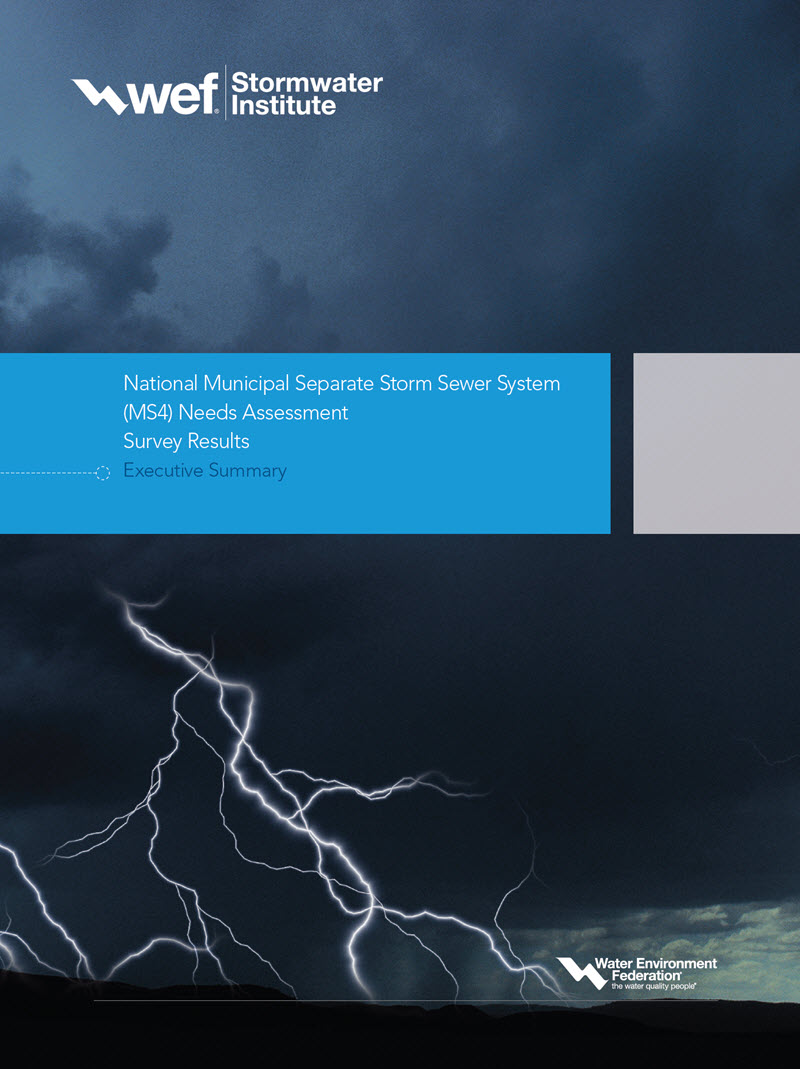On Aug. 3, the Obama Administration and U.S. Environmental Protection Agency (EPA) announced the Clean Power Plan, which establishes the first-ever national standards to limit carbon pollution from power facilities. The final Clean Power Plan targets a 32% reduction in carbon dioxide emissions from 2005 levels by 2030.
In addition to its air-quality and climate-change prevention benefits, the Clean Power Plan also will benefit water. The plan should result in less mercury in U.S. waterbodies.
According to a 2014 U.S. Geological Survey (USGS) report, emissions from coal-fired power facilities are the largest contributor in the U.S. to mercury in the atmosphere. These facilities account for more than half of the total. Airborne mercury from coal combustion enters waterways primarily through either precipitation or dry deposition.
Mercury is a potent neurotoxin that accumulates in fish, and eating fish is the primary means of exposure for most people in the U.S. According to the USGS report, methylmercury concentrations in fish in about one in four U.S. streams exceeded EPA’s criterion for the protection of human health.
The water quality benefits of the Clean Power Plan will vary by region and watershed as states develop their own low-carbon plans. These plans are due to EPA September 2016.
With a focus on renewable energy options, the plan also is expected to conserve water. According to a 2011 Union of Concerned Scientists report, thermoelectric power facilities in the U.S. withdraw on average 60 billion to 170 billion gallons of freshwater per day and consume 2.8 billion to 5.9 billion gallons of this water. Such high water demands make the power sector vulnerable to drought, which is expected to increase in parts of the U.S.





